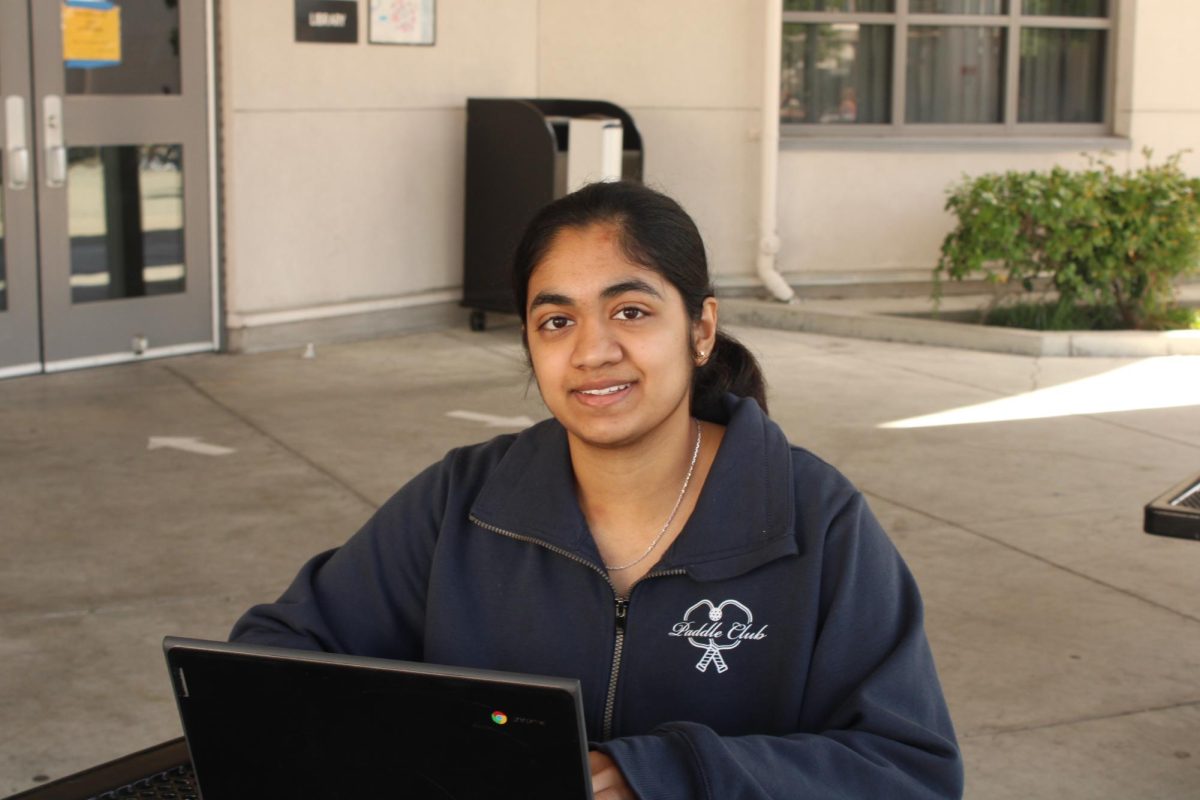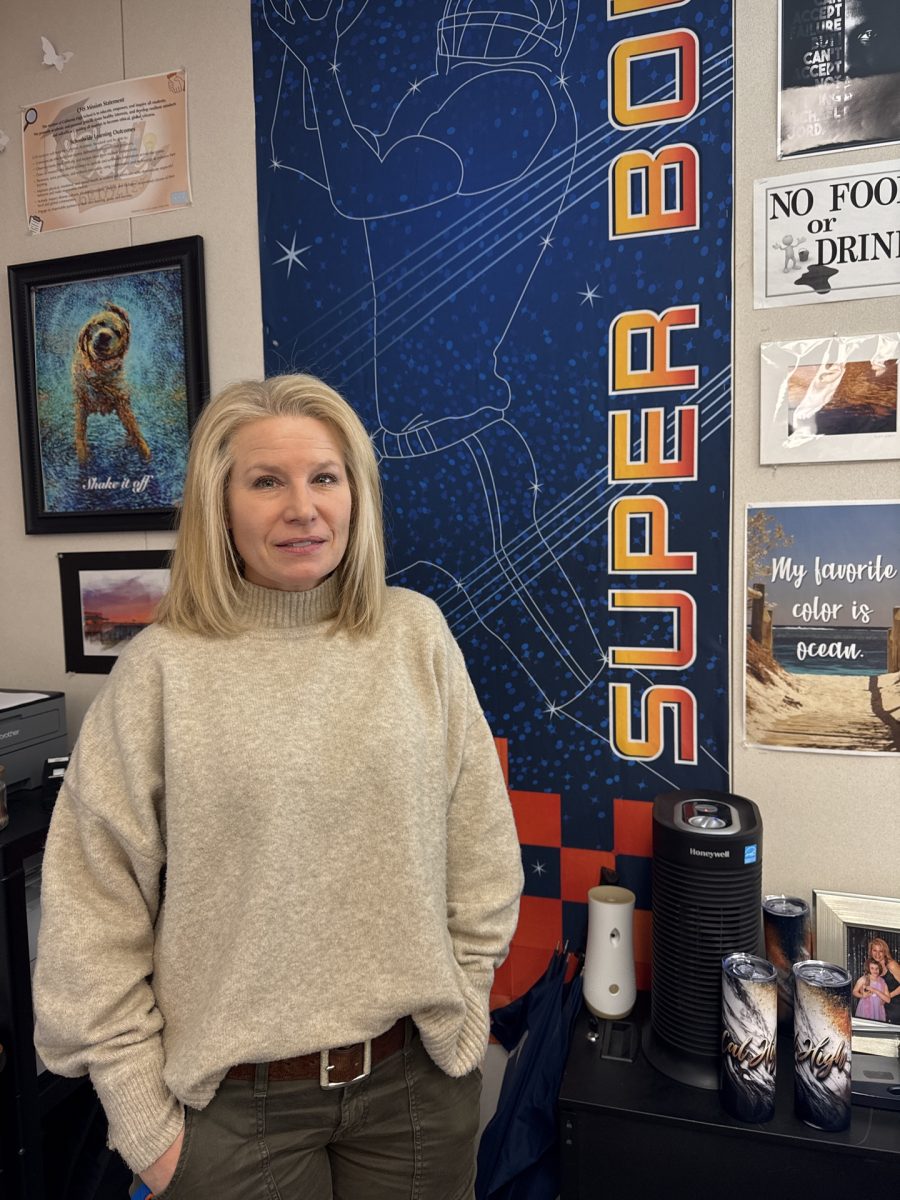The STAR test that most California students have despised since 1999 is officially dead after this school year.
As a part of the new Smarter Balanced Assessment Consortium (SBAC), the majority of the California Standards Tests are going to be replaced.
This new assessment system will be implemented by the new Common Core State Standards, and it plans to take away multiple other assessments, including some in foreign language and language arts.
The elimination of the STAR tests will save the state an estimated $15 million.
The money saved will go into making the transition from the current state education standards to the new Common Core standards.
“As an educator, I am very excited about the new Common Core State Standards and the new assessment system,” said Toni Taylor, the Director of Educational Services for the school district.
Many students and teachers are looking forward to what Common Core and SBAC are bringing to the table next year.
“We don’t need (STAR testing),” said senior Alexander Venierakis. “It was a waste of time in the first place.”
There is a more modern system of tests waiting in line to take the place of their predecessors.
The new test will take place during the final 12 weeks of school, around the time STAR tests are now administered.
These tests will be different, though. District administrators said tests will be administered on a computer or some electronic device, such as an iPad.
As students take the test, it will automatically change to fit their level of ability.
As opposed to STAR tests, questions will branch out from traditional multiple choice and include short- and extended-response.
Also, the new tests will have a fourth type of question that allows students to complete an in-depth project that demonstrates analytical skills and real-world problem solving.
The tests and questions were developed in part by representatives from different colleges and universities.
It is not certain if colleges will be able to see students’ scores and consider them for admissions purposes.
If juniors do not pass these new assessments, they can still graduate and go to college.
However, they will not receive credit for English and/or math until they take remedial courses.
According to Tom Torlakson, State Schools Chief, these new tests will cost only $27.31 per a student, less than what is currently being spent on STAR tests.
In addition to these tests, teachers will be provided with a group of optional tests to administer throughout the year to gauge where their students are academically.
Although the new tests are designed to provide students with a better learning experience, they are also going to have a higher difficulty level.
“In many ways, the SABC assessments will be more difficult, because they require a much deeper level of thinking,” said Taylor.
According to Principal Mark Corti, the Common Core is generally going to pose a unique challenge to all students.
“The goal is to make independent learners,” said Corti.
Adjusting to the Common Core will be difficult at first, but after some time, students will develop a different thought pattern, Corti said.
Some upperclassmen are upset with the changes to the state testing system.
“I feel hurt, because I had to take it all three years that I’ve been in high school,” said junior Peter Downey.
Some freshmen are not excited about the testing changes either, because they will have to take the more difficult test for the rest of their time in high school.
“I don’t like the change because it will put too much unnecessary pressure on students,” said freshman Josh Chaplin. “The STAR test is already too much.”






